Complete Solutions to Light : Reflection And Refraction of chapter LIGHT : REFLECTION AND REFRACTION of Class 10 book with complete answers and questions
| Class 10 | PHYSICS |
| Chapter | LIGHT : REFLECTION AND REFRACTION |
| NCERT EXEMPLAR | Light : Reflection And Refraction |
| Number Of Questions | 38 |
| Academic Year | 2023-24 |
Which of the following can make a parallel beam of light from a point source is incident on it ?
08:38View SolutionA `10 mm` long awl pin is placed vertically in front of a concave mirror. A `5 mm` long image of the awl pin is formed at `30 cm` in front of the mirror. The focal length of this mirror is
04:14View SolutionUnder which of the following conditions a concave mirror can form a real image larger than the actual object ?
02:42View SolutionFigure shows a ray of light as it travels from medium A to medium B. Refractive index of the medium B relative to medium A is
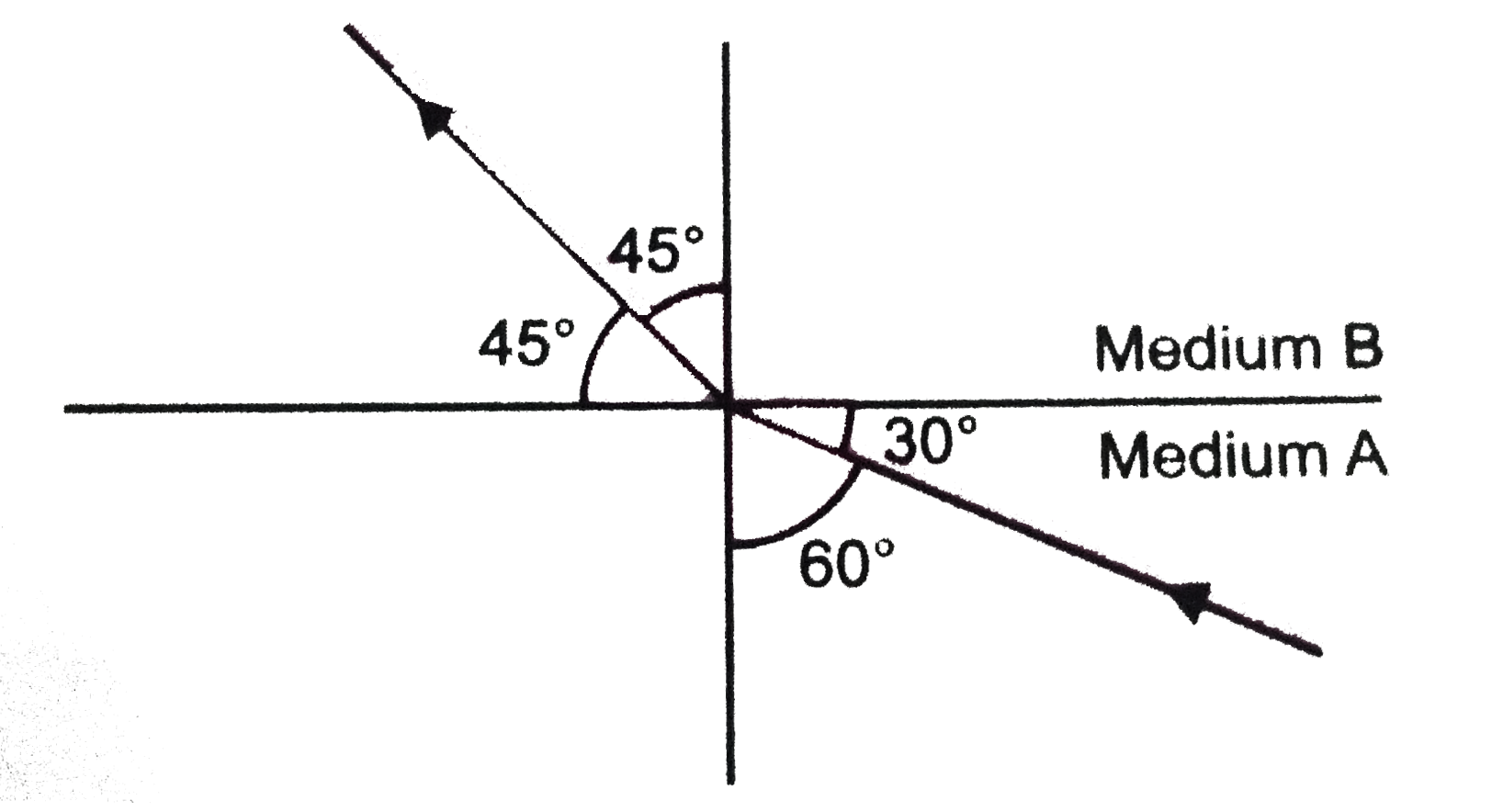 01:42View Solution
01:42View SolutionA light ray enters from medium A to medium B as shown in Figure. The refractive index of medium A relative to B will be
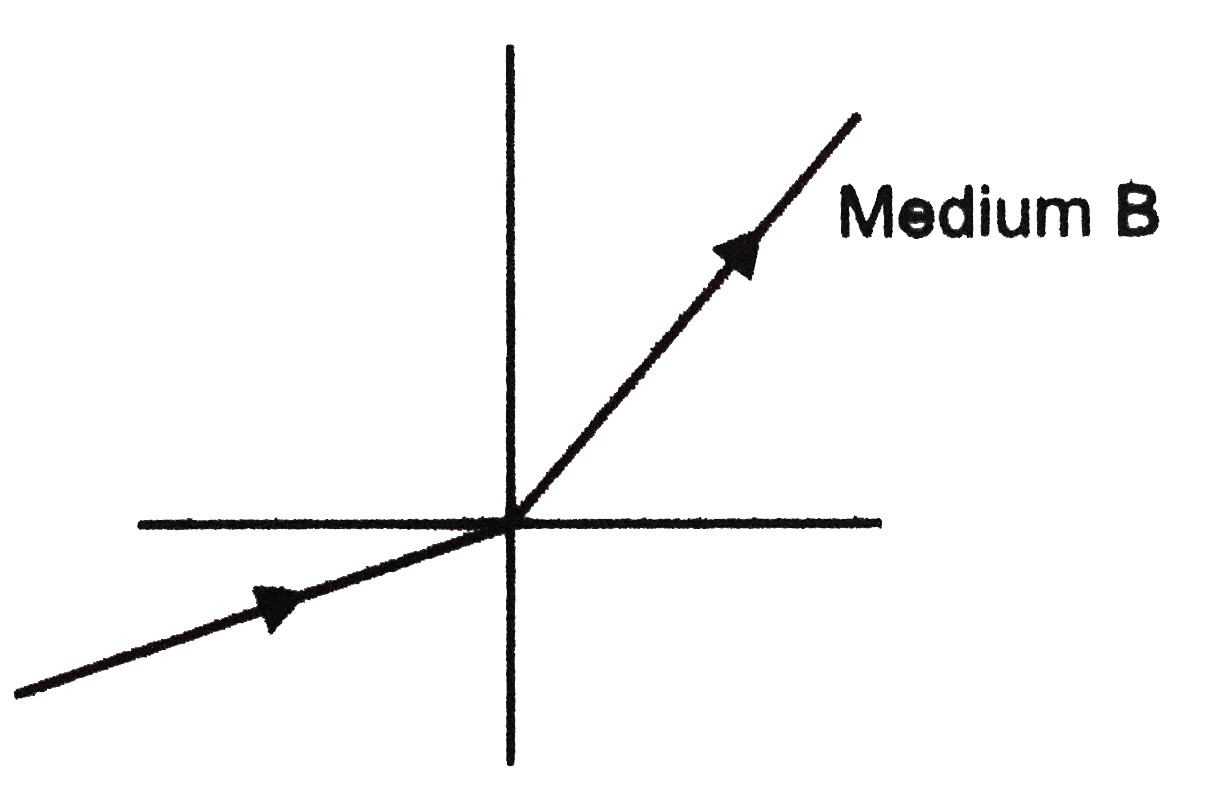 01:48View Solution
01:48View SolutionBeams of light are incident through the holes A and B and emerge out of box through the holes C and D respectively as shown in Figure. Which of the following could be inside the box ?
 01:45View Solution
01:45View SolutionA beam of light is incident through the holes on side A and emerges out of the holes on the other face of the box as shown in Figure. Which of the following could be inside the box ?
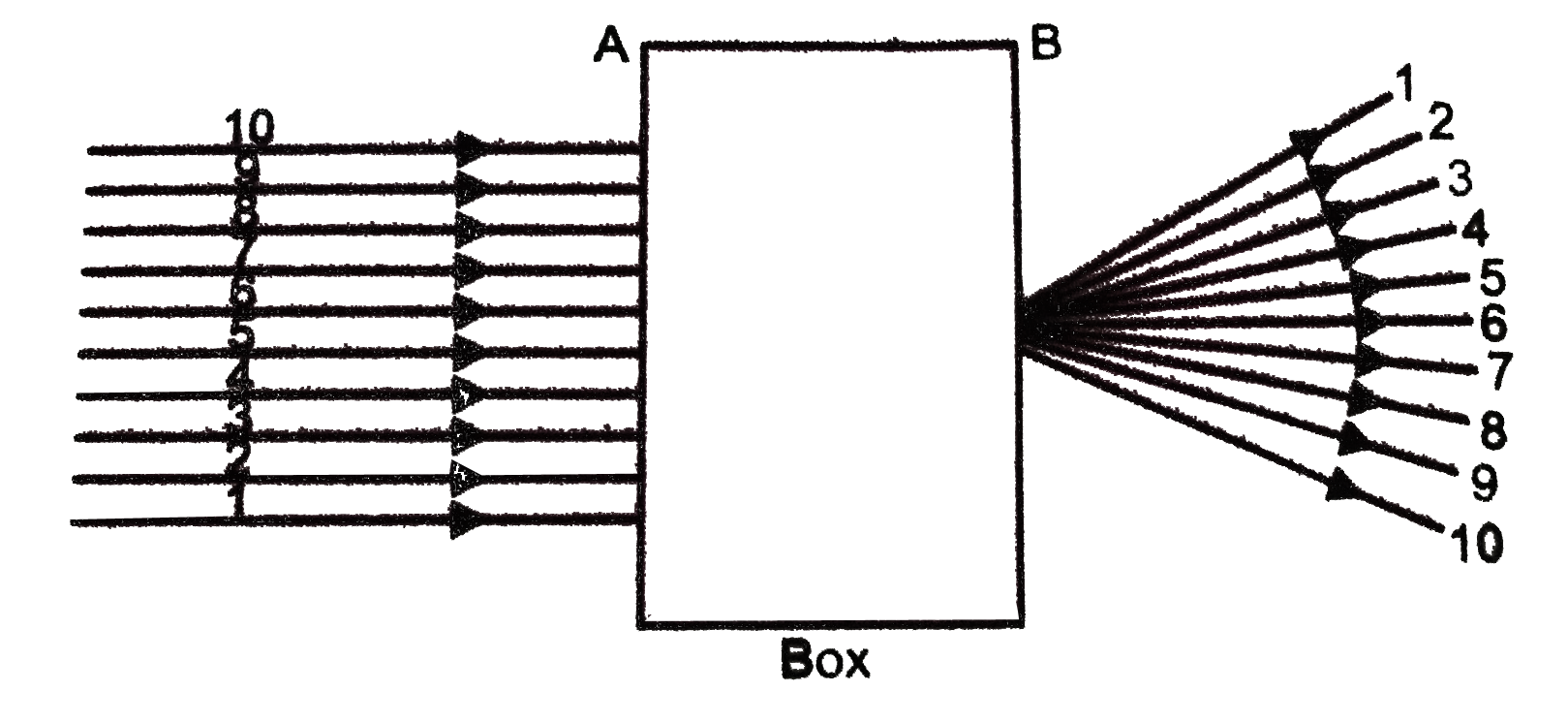 02:22View Solution
02:22View SolutionWhich of the following statements is true?
01:02View SolutionMagnification produced by a rear view mirror fitted in vehicles
01:16View SolutionRays from Sun converge at a point `15 cm` in front of a concave mirror. Where should an object be placed so that size of its image is equal to the size of the object ?
01:42View SolutionA full length image of a distant tall building can definitely be seen by using
01:43View SolutionIn torches, search lights and headlights of vehicles the bulb is placed
05:12View SolutionThe laws of reflection hold good for
02:09View SolutionThe path of a ray light coming from air passing through a rectangular glass slab traced by four students are shown as A, B, C and D in Figure. Which one of them is correct ?
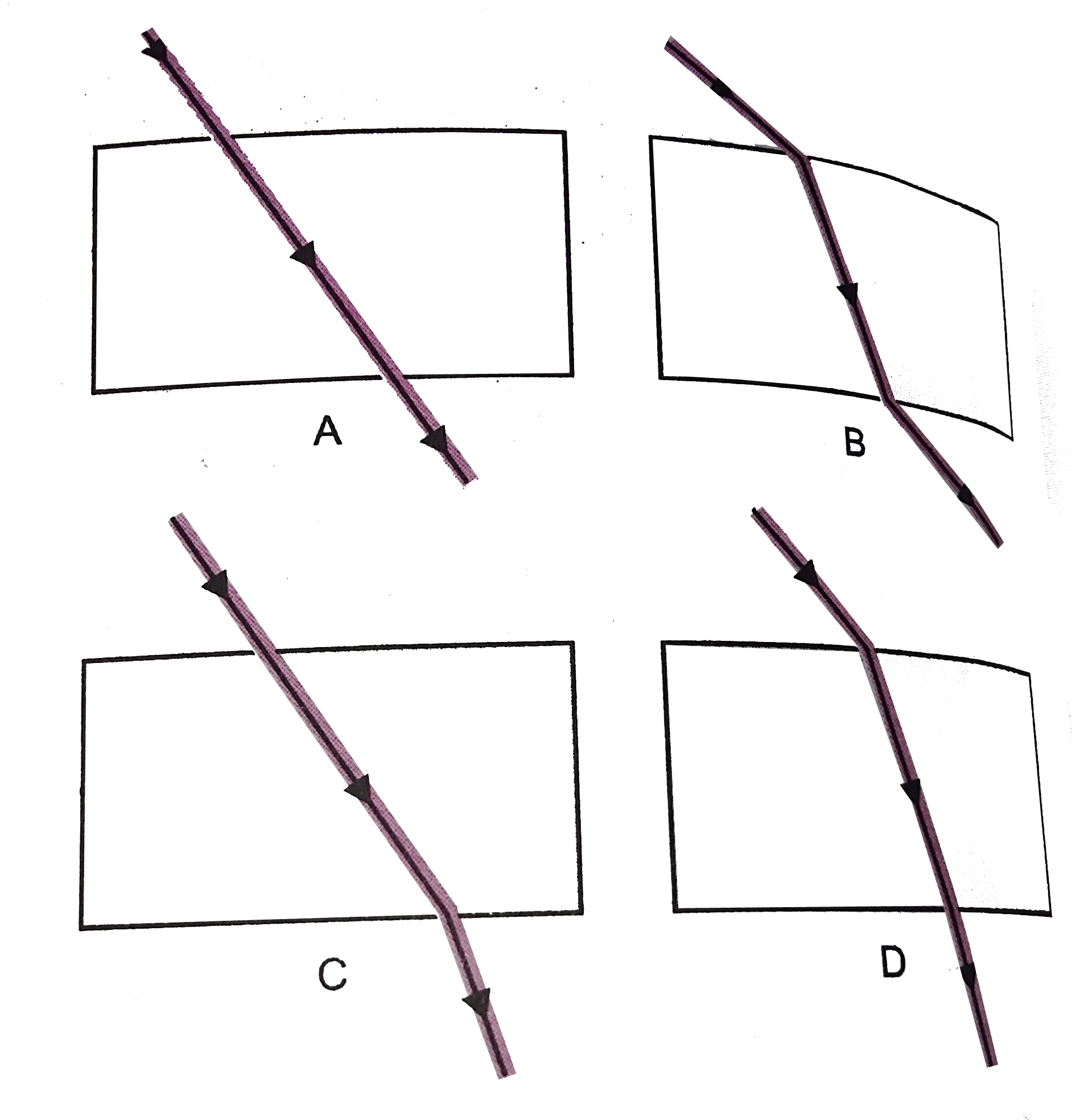 01:26View Solution
01:26View SolutionYou are given water, mustard oil, glycerine and kerosene. In which of these media a ray of light incident obliquely at same angle would bend the most ?
02:19View SolutionWhich of the following ray diagrams is correct for the ray of light incident on a concave mirror as shown in figure.
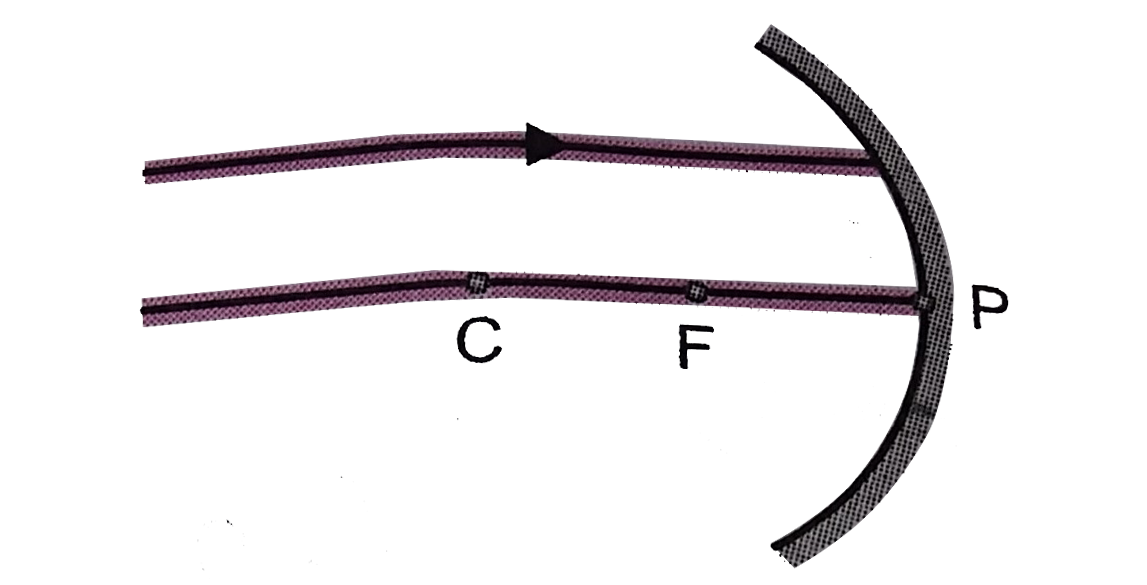 01:14View Solution
01:14View SolutionWhich of the following ray diagrams is correct for the ray of light incident on a lens shown in Fig. ? Choices are given in Fig.
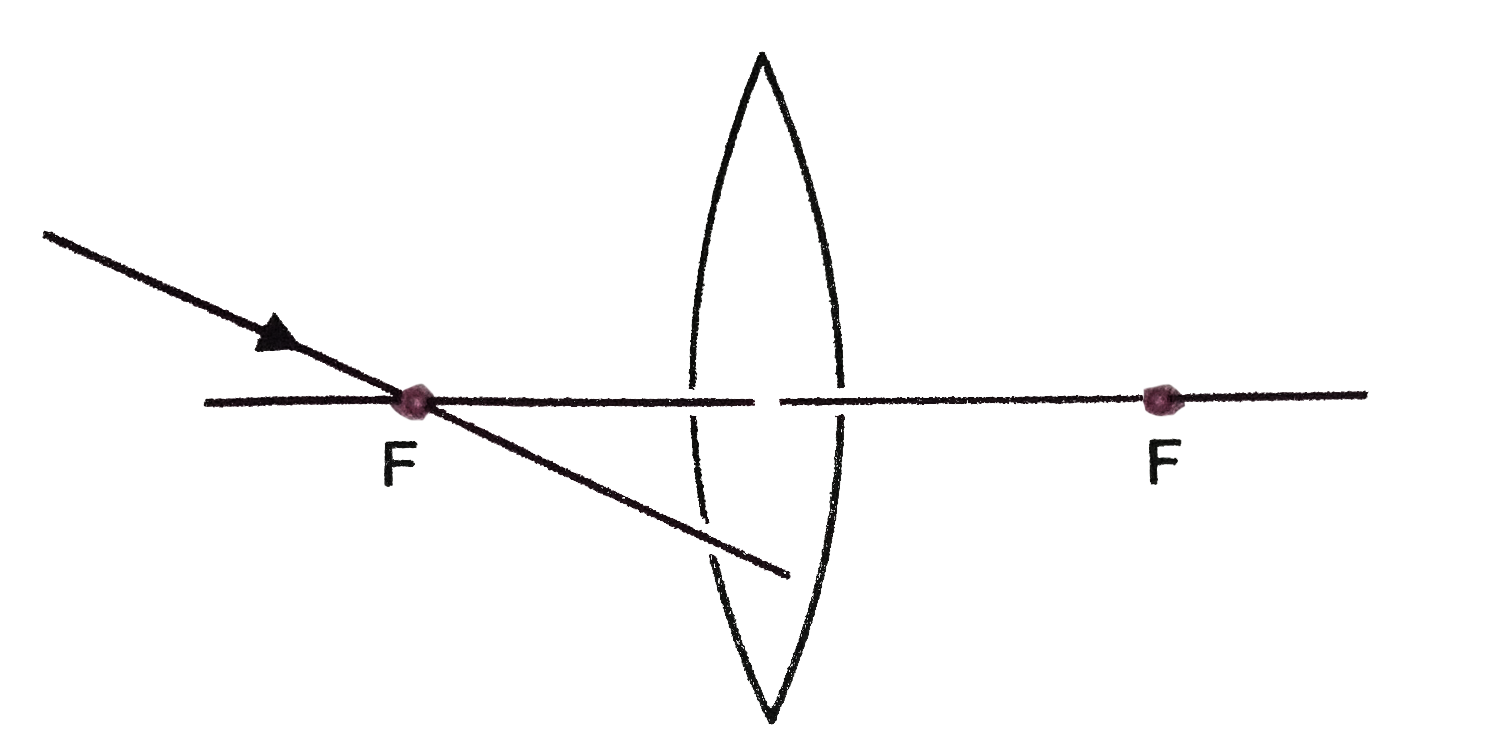 01:13View Solution
01:13View SolutionA child is standing in front of a magic of a mirror, She finds the image of her head bigger, the middle portion of her body of the same size and that of the legs smaller. The following is the order of combinations for the magic mirror from the top.
01:24View SolutionIn which of the following, the image of an object placed at infinity will be highly diminished and point sized ?
02:18View SolutionIdentify the device used as spherical mirror or lens in following cases, when the image formed is virtual and erect in each case.
(a) Object is placed between device and its focus, image formed is enlarged and behind it.
(b) Object is placed between the focus and device, image formed is enlarged and on the same side as that of the object.
(c) Object is placed between infinity and device, image formed is diminished and between focus and optical centre on the same side as that of the object.
(d) Object is placed between infinity and device, image formed is diminished and between pole and focus, behind it.04:39View SolutionWhy does a light ray incident on a rectangular glass slab immersed in any medium emerges parallel to itself ? Explain using a diagram.
02:43View SolutionA pencil when dipped in water in a glass tumbler appears to be bent at the interface of air and water. Will the pencil appear to be bent to the same extent, if instead of water we use liquids like, kerosene or turpentine. Support your answer with reason.
01:34View SolutionHow is the refractive index of a medium related to the speed of light ? Obtain an expression for refractive index of a medium with respect to another in terms of speed of light in these two media ?
01:17View SolutionRefractive index of diamond with respect to glass is `1.6` and absolute refractive index of glass is `1.5`. Find out the absolute refractive index of diamond.
00:41View SolutionA convex lens of focal length 20 cm can produce a magnified virtual as well as real image. Is this a correct statement ? If yes, where shall the object be placed in each case for obtaining these images ?
02:30View SolutionSudha finds out that the sharp image of the window pane of her science laboratory is formed at a distance of `15 cm` from the lens. She now tries to focus the building visible to her outside the window instead of the window pane without disturbing the lens. In which direction will she move the screen to obtain a sharp image of the building ? What is the approximate focal length of this lens ?
05:20View SolutionHow are power and focal length of a lens related ? You are provided with two lenses of focal length `20 cm` and `40 cm` respectively. Which lens will you use to obtain more convergent light ?
10:12View SolutionUnder what condition in an arrangement of two plane mirrors, incident ray and reflected ray will always be parallel to each other, whatever may be angle of incidence. Show the same with the help of diagram.
03:08View SolutionDraw a ray diagram showing the path of rays of light when it enters with oblique incidence (i) from air into water , (ii) from water into air.
02:28View SolutionDraw ray diagrams showing the image formation by a concave mirror when an object is placed
(a) between pole and focus of the mirror , (b) between focus and centre of curvature of the mirror
(c) at centre of curvature of the mirror , (d) a little beyond centre of curvature of the mirror
(e) at infinity03:45View SolutionDraw ray diagrams showing the image formation by a convex lens when an object is placed
(a) between optical centre and focus of the lens
(b) between focus and twice the focal length of the lens
(c) at twice the focal length of the lens
(d) at infinity , (e) at the focus of the lens03:31View SolutionWrite laws of refraction. Explain the same with the help of ray diagram, when a ray of light passes through a rectangular glass slab.
09:03View SolutionDraw ray diagrams showing the image formation by a concave lens when an object is placed
(a) between focus and twice the focal length of the lens
(b) beyond twice the focal length of the lens01:28View SolutionDraw ray diagrams showing the image formation by a convex mirror when an object is placed
(a) at infinity (b) at finite distance from the mirror01:36View SolutionThe image of a candle flame formed by a lens is obtained on a screen placed on the other side of the lens. If the image is three times the size of the flame and the distance between lens and image is `80 cm,` at what distance should the candle be placed from the lens ? What is the nature of the image at a distance of `80 cm` from the lens ?
02:04View SolutionSize of image of an object by a mirror having a focal length of `20 cm` is observed to be reduced to `1/3 rd` of the size ? At what distance the object has been placed from the mirror ? What is the nature of the image and the mirror ?
06:14View SolutionDefine power of a lens. What is its unit ? One student uses a lens of focal length `50 cm` and another of `- 50 cm`. What is the nature of the lens and power used by each of the them ?
01:32View SolutionA student focussed the image of a candle flame on a white screen using a convex lens. He noted down the position of the candle, screen and the lens as under
Position of candle `= 12.0 cm`
Position of convex lens `= 50.0 cm`
Position of the screen `= 88.0 cm`
(i) What is the focal length of the convex lens ?
(ii) Where will the image be formed if he shifts the candle towards the lens at a position of `31.0 cm`.
(iii) What will be the nature of the image formed if he further shifts the candle towards the lens ?
(iv) Draw a ray diagram to show the formation of the image in case (iii) as said above.03:35View Solution
Light : Reflection And Refraction questions and complete solutions for chapter LIGHT : REFLECTION AND REFRACTION of NCERT EXEMPLAR PHYSICS (HINGLISH) of Class 10
